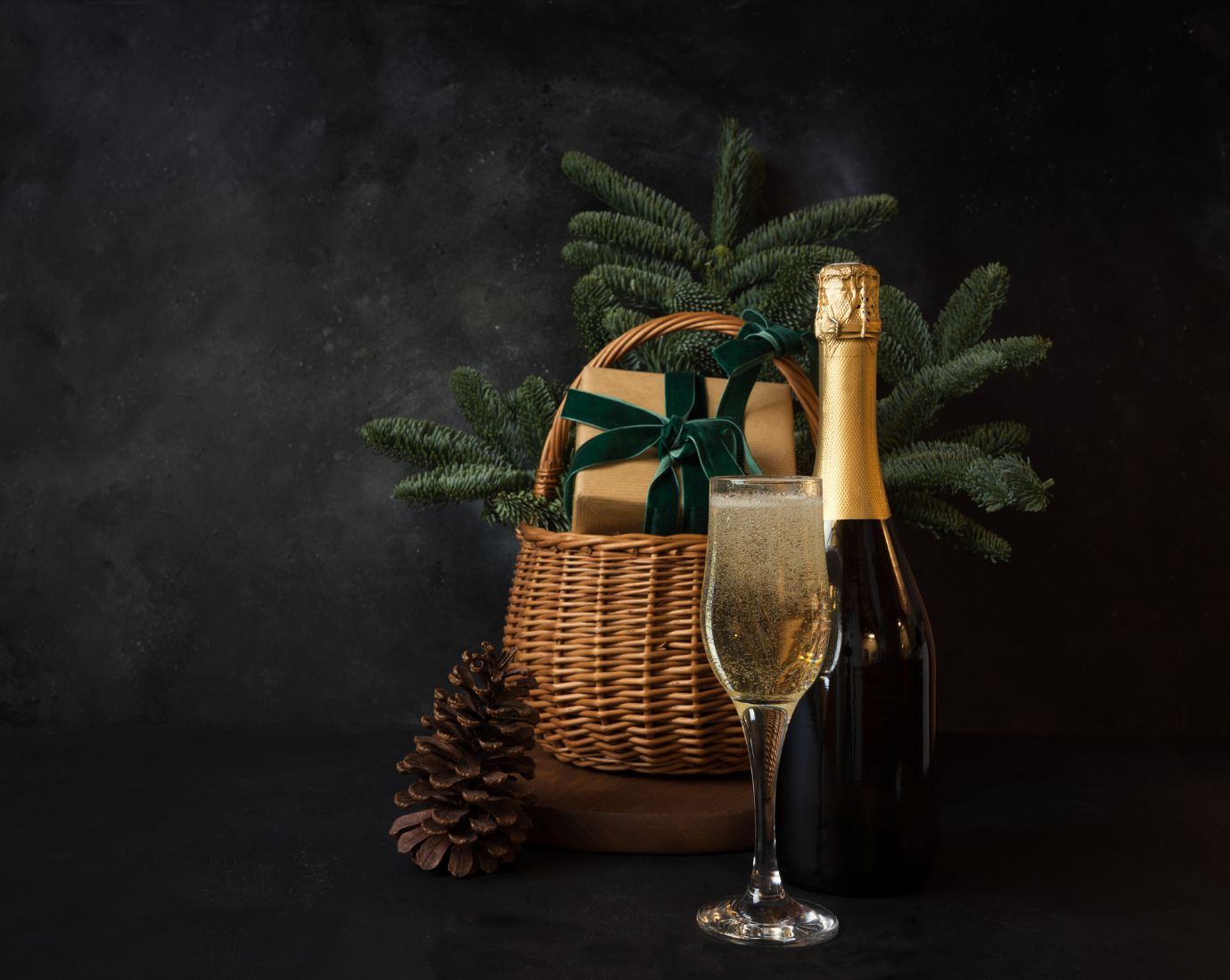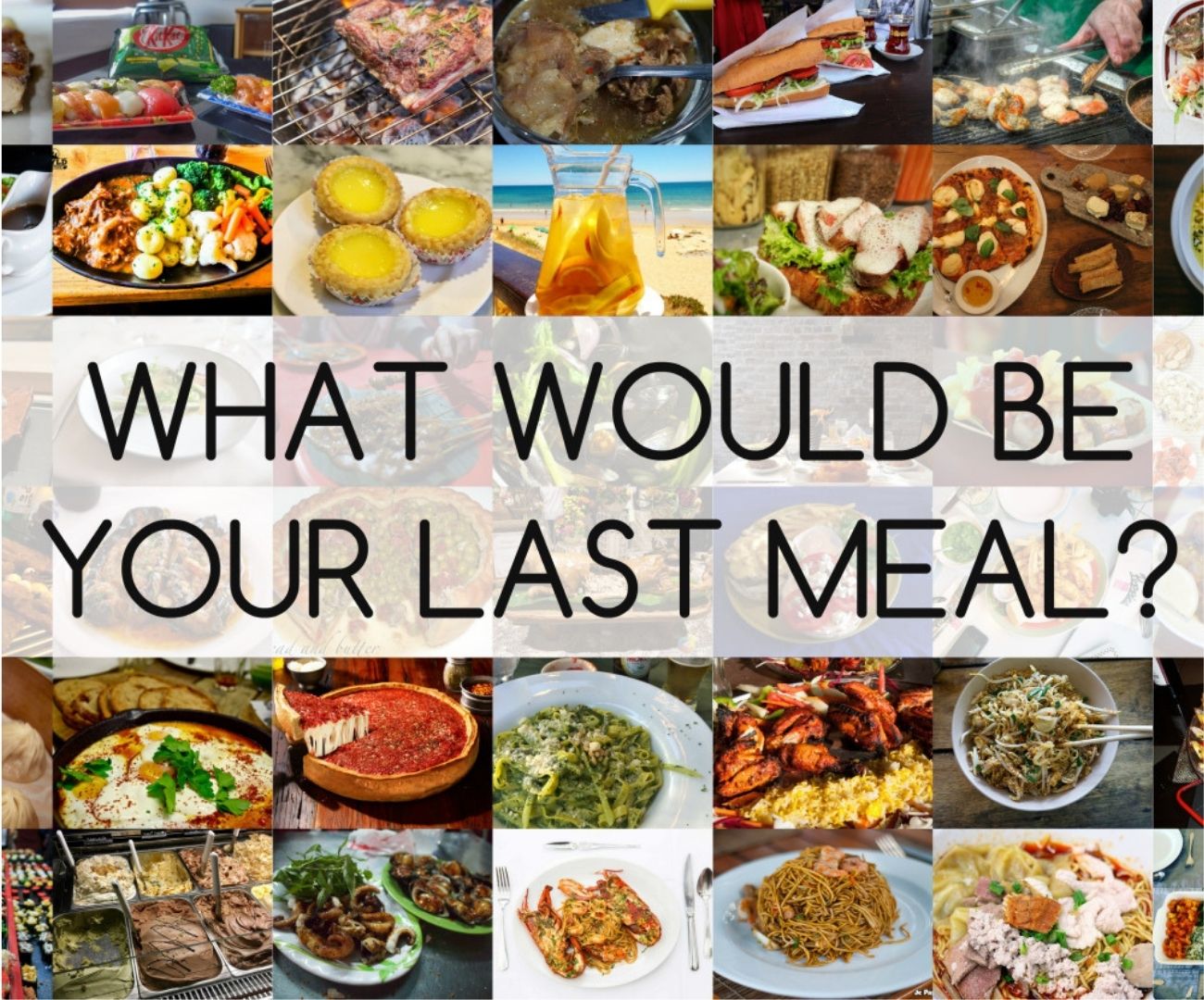5 Tips for Writing a Great Wine List

A wine list is a wonderful thing – a chance to see all the new and exciting things you could soon be tasting. Unfortunately, it doesn’t always work out that way.
I recently had dinner at one of the city’s latest venues (I’m not boasting, just setting the scene) – a big, elaborate multi-course affair positioned as one of the city’s top-end food and wine experiences. Despite this, the wine list itself was, at best, confusing, and at worst, like being locked in a wine-themed escape room where you must decode the clues before it drives you insane. At any given moment it began with the producer, other times the variety, sometimes mentioning the country of origin, other times omitting it completely. As if that wasn’t bad enough, there were commas and dashes sprinkled like confetti in the wind – all landing, but never quite where you’d expect them to be, and some pretty bizarre mistakes, like referring to Sauternes – the delicious and unctuous golden and sweet wine, as simply ‘Bordeaux’ – leading a healthy proportion of its customers to no doubt suspect it was a dry red they were serving with dessert. And while we’re at it, I imagine you don’t have to be from the South of France to know it isn’t spelt Sothern France.
This is, of course, an extreme case, but it certainly isn’t alone in the UAE, which is why more and more venues are using companies like The Tasting Class to write, or merely tidy-up their wine lists. For those who want to go it alone, however, here are five things to consider.
1) The Order of Information
For most top venues the world over, this will be producer, wine name, region, country of origin and vintage in that order. Feel free to change it up but try and remain consistent.
2) Grape Variety
To be fair, this one is not always easy as many European wines are labelled by region (for example, Bordeaux or Burgundy) requiring you to know the individual rules of that area in order to know what grape variety you’re actually dealing with. And many of these regions permit of blending a lot of different grape varieties. For example, if you’re going to list a wine from Côtes du Rhône with the grape variety you could end up needing to list thirteen separate grape varieties. Where do you draw the line? The best way to look at this is to treat the grape variety as the name of the wine. For example, writing Craggy Range (producer), Sauvignon Blanc (wine name), Marlborough (region), New Zealand (Country) is equal to writing Paul Jaboulet Aîné (producer), Parellèle 45 (wine name), Côtes du Rhône (region), France (Country).
3) Vintage
Mentioning the vintage is a fairly inconsistent practice in the UAE, but correctly listing it is really important, particularly if you’re selecting a premium wine where the year can make an enormous difference. It can also highlight what not to choose, like spotting an overly aged rosé on the list. With something this important, why wouldn’t you mention it? Yes, your wine list will require more maintenance in ensuring that your wine list vintages are kept up to date, but by being one of the few venues in the UAE that does this you will be miles ahead in your professionalism.
4) Appellation
An appellation is an expression of how each country legally categorises its wine, often through time-honoured and very strict rules. It can, however, make things confusing. If you think mentioning DOC, DOCG, AOC, IGT etc after each entry will help your customers decide or improve their experience, then acronym away. However, there’s no need to get completely hung up on it. Chianti, for instance, is always a DOCG, so mentioning it alongside dozens of others might be unnecessary and make your list look crowded and intimidating.
5) Price
You have to list the price somewhere, and it will almost always run from lowest to highest. The plus side of this is that it helps customers stick to their budget. The downside is that it encourages people to stop reading when they hit their preconceived limit. Price has a certain gravity to it (usually pulling down) but is it ever really a great idea to buy something based solely on price, rather than on what you’d enjoy the most? Yes it could mean a dollar or two more, but most people will happily pay it if the list is well thought out, the prices graded well and it doesn’t jump forward aggressively.
Alternatively, consider listing your wine by body weight. As well as helping staff make suitable recommendations, this method also helps customers look at exciting new options that are of a similar fullness or style to wines they already enjoy. Take your customers on a journey and open your eyes while supporting your staff to be more confident when making recommendations.
If you need help with your wine list, contact the Tasting Class.











